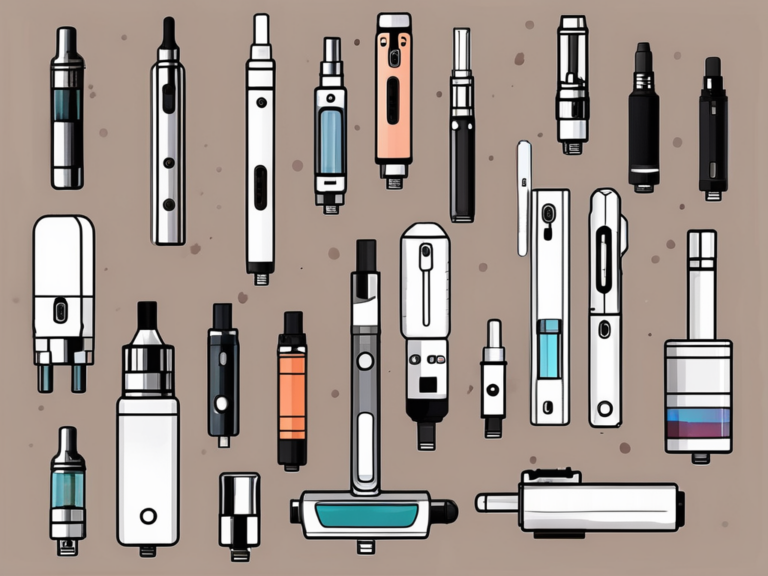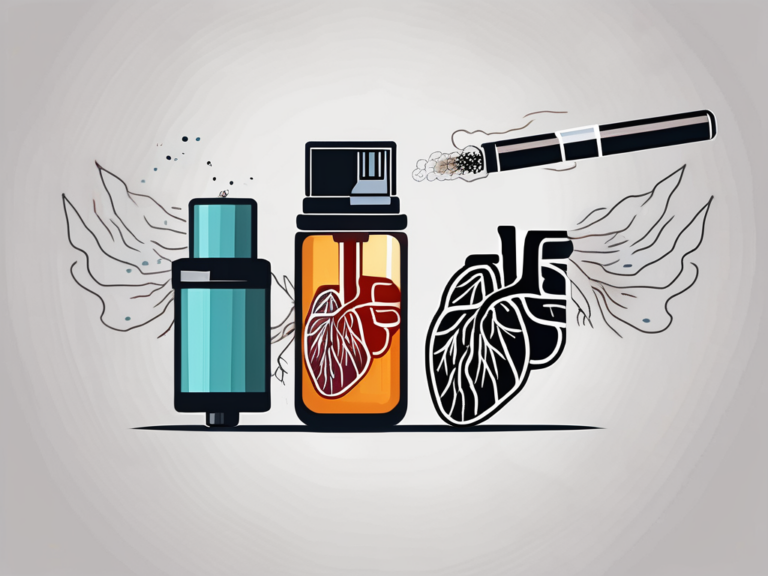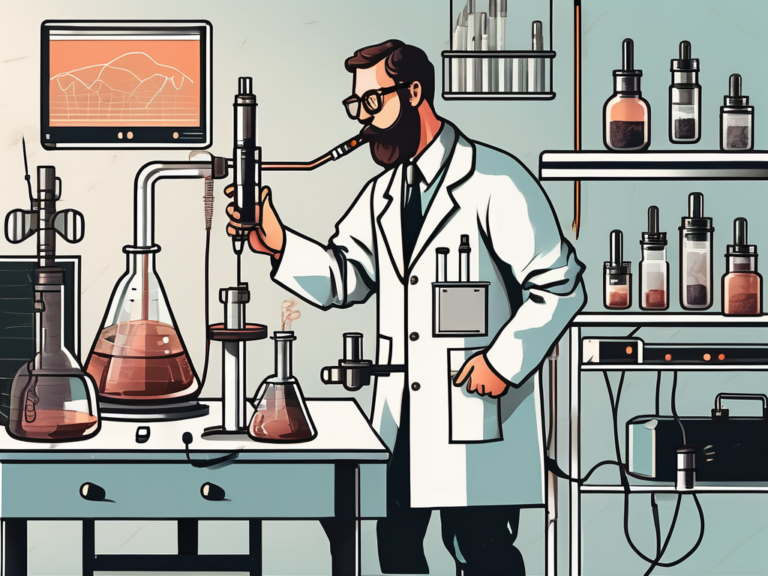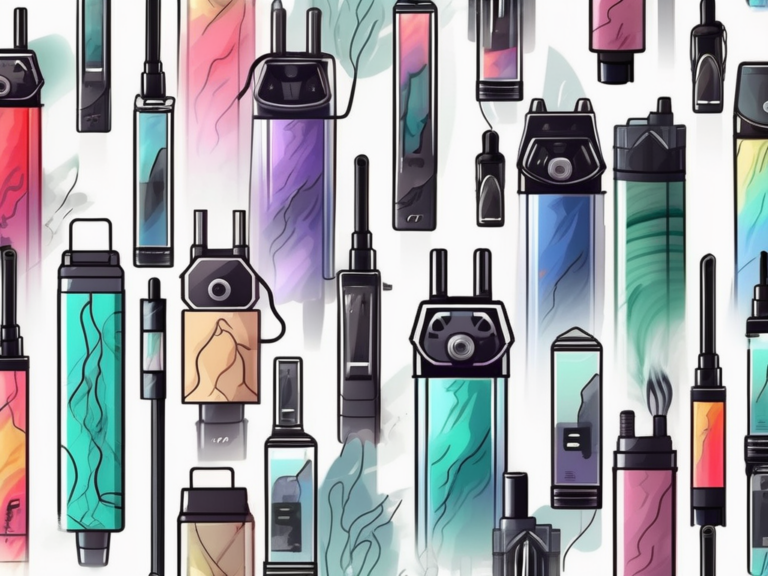which vapes are the safest
Vaping has gained significant popularity in recent years, but concerns about its safety have also emerged. In this article, we will explore the topic of vape safety to help you make informed decisions about the products you choose. Understanding the risks associated with vaping, evaluating vape brand safety, examining the role of vape ingredients, and learning how to use vapes safely are essential aspects of ensuring a safer vaping experience. Additionally, we will discuss the existing regulatory measures in place to protect consumers. Let’s dive in and explore which vapes are the safest.
Understanding Vaping and Its Risks
The Basics of Vaping
Vaping is the inhalation of vapor produced by an electronic cigarette or similar device. These devices are designed to heat a liquid, known as vape juice, which often contains nicotine, flavorings, and other additives. When heated, the liquid turns into an aerosol that the user inhales. Vaping devices come in various forms, including vape pens, pod systems, and mods, each with its own set of functionalities.
One interesting aspect of vaping culture is the wide variety of flavors available for vape juice. From fruity flavors like strawberry and mango to dessert-inspired ones like vanilla custard and cinnamon roll, the options are endless. This variety allows users to customize their vaping experience and find flavors that suit their preferences.
Common Health Concerns Associated with Vaping
While vaping is generally considered less harmful than traditional smoking, it is not without risks. Some of the common health concerns associated with vaping include potential nicotine addiction, lung irritation, respiratory issues, and potential long-term effects that are still being studied. It’s essential to be aware of these risks and take necessary precautions while indulging in vaping.
Another important consideration is the quality of vape juice and vaping devices. Poorly made products can pose additional health risks due to the potential presence of harmful chemicals or contaminants. It is crucial for users to purchase vaping products from reputable sources and ensure that they are using them correctly to minimize any potential harm.
Evaluating the Safety of Different Vape Brands
When it comes to evaluating the safety of vape brands, several criteria can be considered. These include the manufacturing standards, product testing and certifications, reputation and transparency of the brand, and the quality of ingredients used. It is crucial to choose vape brands that prioritize safety and provide reliable information about their products.
Manufacturing standards play a significant role in ensuring the safety of vape products. Brands that adhere to strict quality control measures and follow Good Manufacturing Practices (GMP) are more likely to produce safer vaping options. Additionally, brands that invest in research and development to improve product safety demonstrate a commitment to consumer well-being.
Top Vape Brands and Their Safety Profiles
To assist you in selecting safer vape brands, we have compiled a list of established and reputable companies known for their commitment to safety. These brands prioritize quality ingredients, rigorous testing, and adhere to industry regulations. Always remember to research and read reviews to make an informed decision that aligns with your preferences and safety concerns.
One such top vape brand known for its exceptional safety profile is XYZ Vapes. XYZ Vapes has gained a reputation for using only premium ingredients sourced from reputable suppliers. They conduct thorough testing on their products to ensure consistency and safety. Moreover, XYZ Vapes is transparent about their manufacturing processes, providing customers with peace of mind regarding the quality and safety of their vape products.
The Role of Vape Ingredients in Safety
Common Ingredients in Vape Juice
Vape juice typically contains a few core ingredients, including propylene glycol (PG) and vegetable glycerin (VG) as the base liquids. These create the vapor when heated. Flavors and various additives may also be present, depending on the vape juice. It is essential to understand the ingredients in your vape juice to assess potential risks.
Propylene glycol (PG) is a synthetic liquid substance that absorbs water and is used by the medical, food, and pharmaceutical industries. It is recognized as safe for consumption by the FDA and is commonly found in various everyday products. Vegetable glycerin (VG) is a natural chemical derived from vegetable oils, known for its sweet taste. When heated, PG and VG create the vapor that users inhale when vaping.
Potential Risks of Vape Ingredients
While some vape ingredients are generally recognized as safe for consumption, concerns arise when these substances are heated and inhaled. Some flavor additives and certain chemicals used in vape juices may have unknown long-term effects on health. Additionally, the quality and purity of ingredients can vary across brands, leading to potential safety concerns. It’s crucial to choose vape juices from reputable sources that prioritize ingredient safety.
Furthermore, the heating process in vaping devices can cause chemical reactions between ingredients, potentially producing harmful byproducts. For instance, when propylene glycol is heated, it can break down into formaldehyde, a known carcinogen. This highlights the importance of understanding not only the individual ingredients in vape juice but also how they interact when heated. Research into the safety of vaping is ongoing, with scientists studying the effects of different ingredients and their combinations on respiratory health.
How to Use Vapes Safely
Best Practices for Vaping
Using vapes safely involves adopting certain best practices. These include understanding how your device works, following the manufacturer’s instructions, regularly cleaning and maintaining your vape, and using appropriate charging methods. Additionally, it is crucial to be mindful of your vaping habits, such as not exceeding recommended nicotine levels and taking breaks to prevent excessive use.
Understanding how your device works is essential for a safe vaping experience. Different types of vapes have varying mechanisms, from basic button-operated devices to more advanced temperature-controlled mods. By familiarizing yourself with the specific features and functions of your vape, you can maximize its performance and minimize potential risks.
Avoiding Common Vaping Mistakes
Vaping mistakes can reduce safety and overall satisfaction. Common errors include using expired vape juice, ignoring device warnings, not properly priming new coils, and mishandling batteries. By being aware of these mistakes and taking the necessary precautions, you can enhance the safety and longevity of your vaping experience.
Regularly cleaning and maintaining your vape is another crucial aspect of safe vaping practices. Residual e-liquid buildup, dust, and debris can affect the performance of your device and compromise your health. By routinely cleaning your tank, coils, and other components, you can ensure optimal flavor production and prevent potential malfunctions.
Regulatory Measures for Vape Safety
Existing Regulations on Vaping
The vaping industry is subject to various regulations to protect consumer safety. These regulations may vary across regions and countries. They often cover aspects such as product labeling, age restrictions, manufacturing standards, ingredient transparency, and product testing. It’s important to familiarize yourself with the regulations specific to your area to ensure compliance and prioritize your safety.
In addition to the mentioned regulations, some countries have also implemented restrictions on advertising and marketing practices related to vaping products. These restrictions aim to prevent the targeting of minors and non-smokers, as well as to ensure that promotional activities do not mislead consumers about the potential risks associated with vaping.
How Regulations Impact Vape Safety
Regulations play a vital role in maintaining the safety standards of the vaping industry. They help establish quality control measures, encourage transparency within the industry, and promote the use of safe ingredients. By conforming to regulations, vape brands contribute to a safer vaping culture and provide consumers with reliable products that meet established safety criteria.
Moreover, regulatory measures often include requirements for proper storage and handling of vaping products to prevent accidents and ensure product integrity. These guidelines help reduce the risk of misuse or mishandling, which can compromise the safety of users and those around them. Adhering to these storage and handling regulations is crucial for maintaining the quality and safety of vaping products throughout the supply chain.
Conclusion
In conclusion, determining which vapes are the safest requires a comprehensive understanding of vaping and its associated risks. It involves evaluating vape brand safety, scrutinizing the ingredients used, adopting proper vaping practices, and being aware of existing regulatory measures. By considering these aspects, you can make more informed choices that prioritize your safety and well-being while enjoying the benefits of vaping. Remember, always consult reliable sources and stay informed about the ongoing research in this dynamic industry.






